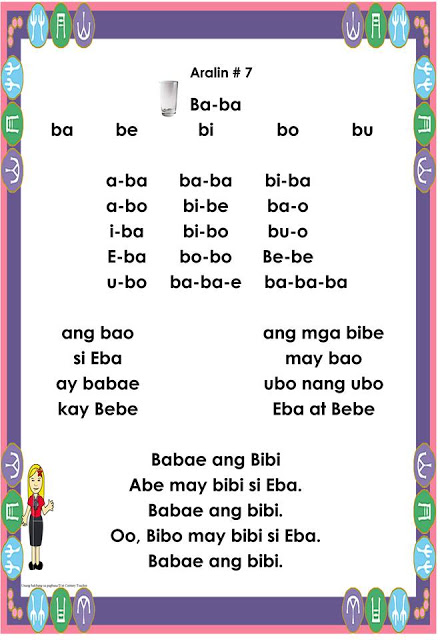

If there are no notes in the notes column, the letter is written and/or is pronounced the same way as its English equivalent. The fourth column is the sound column, to approximate with English. There are two pronunciation columns: one for pronunciation in Abakada and the other for pronunciation in the Alpabetong Filipino. The letter "Ñ" is pronounced the same way as it is in Spanish.īelow is a table of the modern Tagalog alphabet. However, consonants in Abakada are pronounced as they were in Baybayin (Ba, Ka, Da, etc.). The alphabet today uses the following letters: 1 However, many dictionaries still use Abakada.

Today, Tagalog is written using the Alpabetong Filipino. In 1987, those digraphs were dropped and the alphabet was reduced to today's 28 letters. In practice, however, the digraphs ch, ll and rr were considered as two separate letters. The alphabet then contained 31 letters, using the entire Spanish alphabet and the ng of Tagalog. In 1973, the National Language Institute adopted Abakada and later, in 1976, expanded the alphabet as the need for borrowed words arose. This especially was the focus of languages such as Pilipino, where the emphasis was to use pure Tagalog (which uses the phonemes listed above) before word borrowings even took place. The new alphabet contained the following letters: A, B, K, D, E, G, H, I, L, M, N, Ng, O, P, R, S, T, U, W, YĪt that time, other phonemes that would be included much later in additions of the alphabet did not exist yet. He devised an alphabet with twenty letters, directly derived from the letters of Baybayin and pronounced in the same way.

Santos, a linguist and one of the brainchilds of the national language. During those times, Tagalog was written in various ways using Spanish orthography, one of the most popular being the Abecedario, using all Spanish letters at the time.Ī sample of the Spanish letters is as follows: A, B, C, Ch, D, E, F, G, H, I, J, L, Ll, M, N, Ñ, N͠g, O, P, Q, R, Rr, S, T, U, V, X, Y, ZĪfter Spanish rule, two alphabet standards were used: the Abakada and the Alpabetong Filipino AbakadaĪbakada was devised during the American colonial era by Lope K. The Latin alphabet gained prominence as the Spanish continued their colonization and evangelization of the Philippines. Ang Alpabetong Latino (The Latin alphabet) Baybayin eventually died out as the Latin alphabet introduced by the Spanish continued to be imposed in the colonial era.


 0 kommentar(er)
0 kommentar(er)
